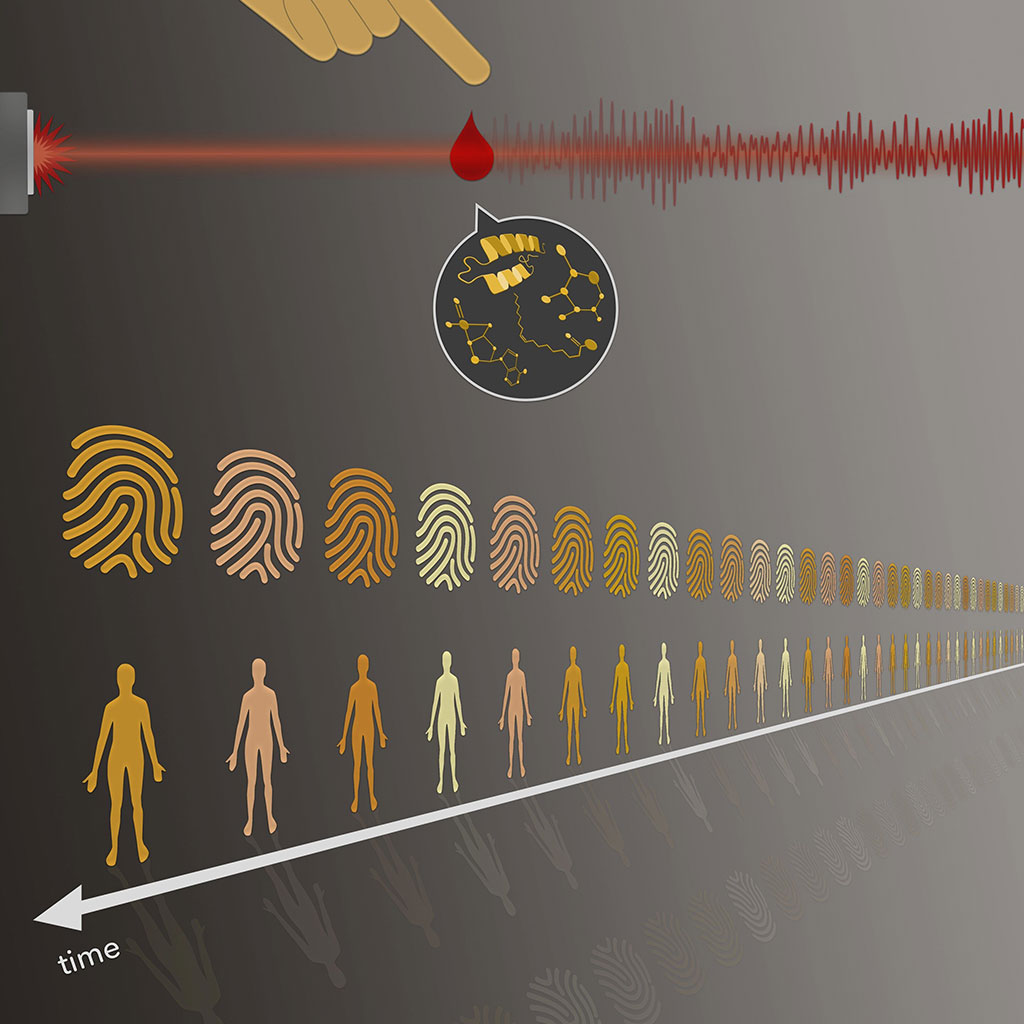Disease Diagnosis Based on Infrared Analysis of Blood Samples
By LabMedica International staff writers
Posted on 30 Mar 2021
A novel, infrared spectroscopy-based approach detects the status of a person’s health by monitoring changes in the molecular composition of blood samples. Posted on 30 Mar 2021
Changes in an individuals health are reflected in characteristic modifications to the molecular composition of biofluids. Detecting these modifications could contribute to the detection of various disease states.

Image: Blood panels are as individual as fingerprints. Investigators have now demonstrated that this so-called molecular fingerprint of the blood is stable over time (Photo courtesy of Max Planck Institute of Quantum Optics)
Toward this end, investigators at the Ludwig Maximilian University of Munich (Garching, Germany) and colleagues at the Max Planck Institute of Quantum Optics (Garching, Germany) used Fourier-transform infrared spectroscopy (FTIR) to “fingerprint” blood serum and plasma samples from healthy, non-symptomatic individuals.
The intent of the study was to address questions that are fundamental for the applicability of infrared fingerprinting in health monitoring, which means that the stability of the molecular patterns in healthy persons over time must be firmly established.
Initially, the investigators tested whether infrared spectral fingerprints could be obtained from bulk liquid blood serum and plasma samples in a direct and reproducible fashion. Then, they determined the range of natural biological variation of infrared fingerprints from individual volunteers over time (within-person variation). In addition, they related the variation of the IMFs over time for any given individual to the degree of variability between different individuals (between-person variation) and to operational variabilities inherent to clinical practice.
For this study, the investigators used FITR to fingerprint blood serum and plasma samples from 31 healthy, non-symptomatic individuals, who were sampled up to 13 times over a period of seven weeks and again after six months. The measurements were performed directly on liquid serum and plasma samples, yielding a time- and cost-effective workflow with a high degree of reproducibility.
Results revealed that the infrared molecular fingerprint of each individual donor remained stable over periods ranging from a few days to weeks and months, and that each temporal profile could be readily attributed to the participant concerned. Furthermore, single measurements yielded a multiplicity of person-specific spectral markers, allowing individual molecular phenotypes to be detected and followed over time.
"This newly revealed temporal stability of blood-based infrared fingerprints provides a basis for future applications of minimally invasive infrared spectroscopy as a reliable method for the future of health monitoring," said senior author Dr. Mihaela Žigman, head of the broadband infrared diagnostics group in the department of laser physics at the Ludwig Maximilian University of Munich. "Practically speaking, following-up a person's health status regularly might become paramount for timely-detecting relevant deviations. In addition to its uses in the fields of health monitoring and preventive medicine, systems biology shall also benefit from the availability of the approach."
The FITR study was published in the March 8, 2021, online edition of the journal Nature Communications.
Related Links:
Ludwig Maximilian University of Munich
Max Planck Institute of Quantum Optics














